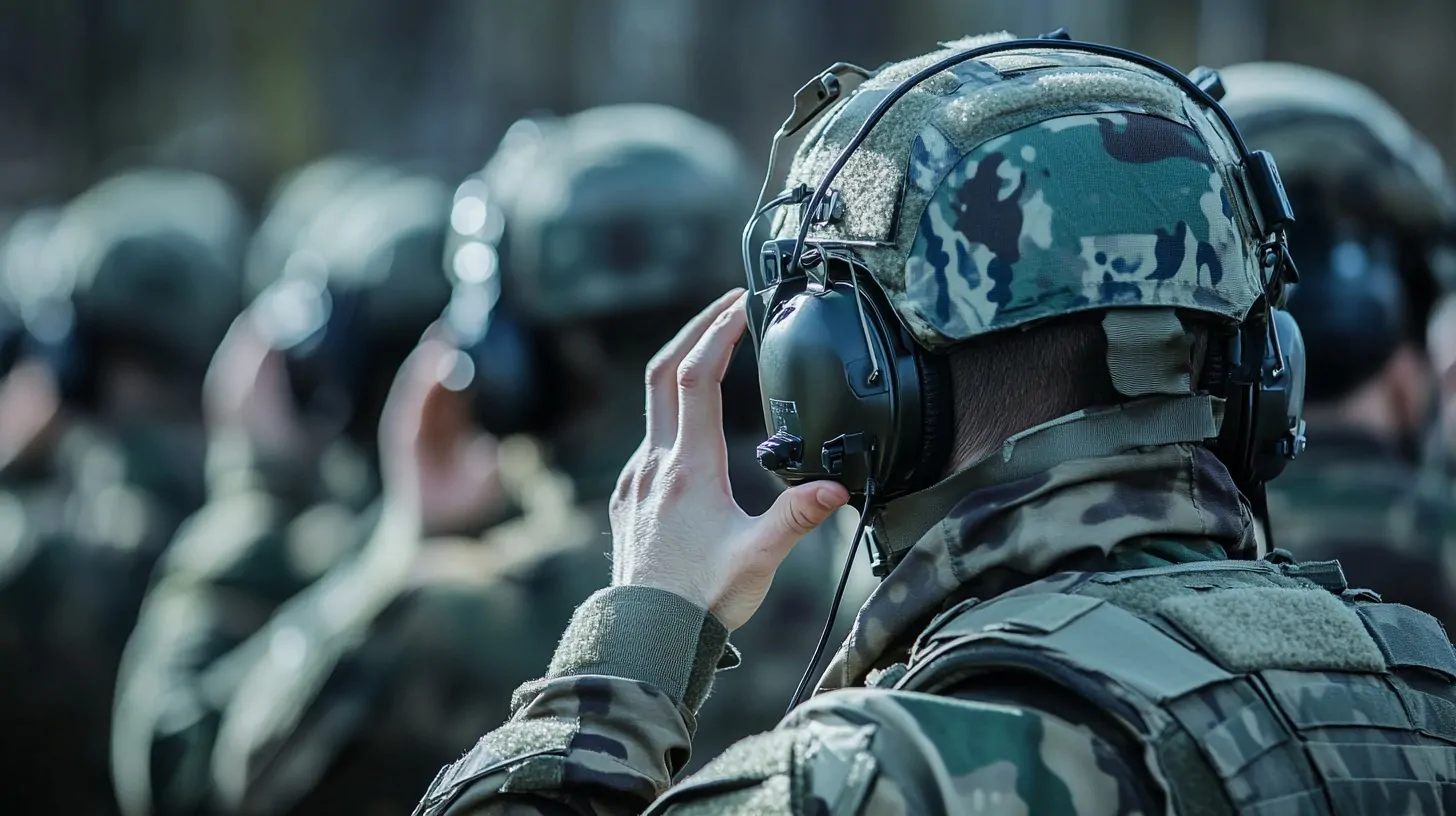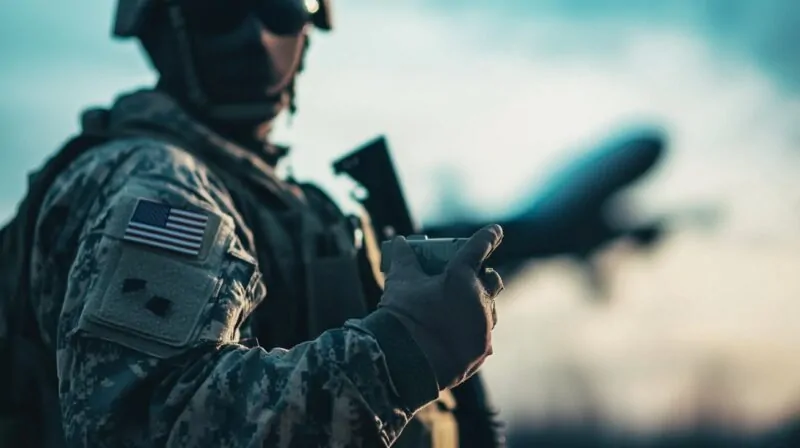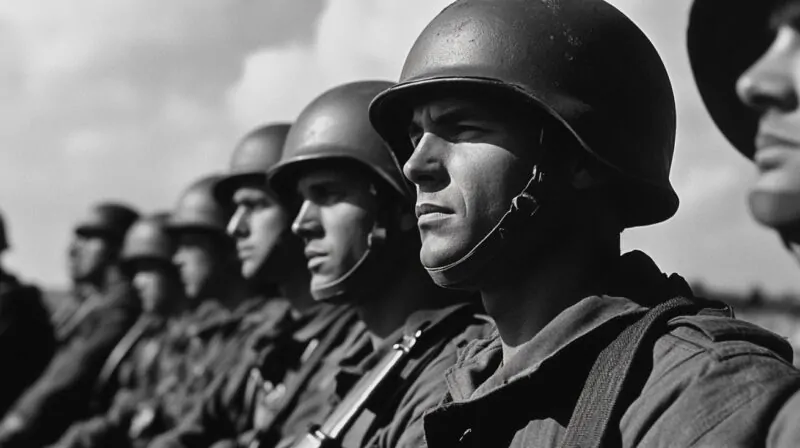The NATO Phonetic Alphabet is a spelling alphabet designed to improve communication clarity in verbal exchanges.
It is a way of communication that is especially successful in environments where communication is prone to interference.
Commonly used in military, aviation, and maritime communications, the NATO Phonetic Alphabet helps bridge gaps caused by varying accents and pronunciations.
In complex or high-stakes situations, such as coordinating military missions or directing air traffic, the alphabet ensures that every piece of information is understood correctly.
Let us present you with the NATO phonetic alphabet and everything relevant you should know about it.
Table of Contents
ToggleAlphabet Code Words
| A | Alfa | N | November |
|---|---|---|---|
| B | Bravo | O | Oscar |
| C | Charlie | P | Papa |
| D | Delta | Q | Quebec |
| E | Echo | R | Romeo |
| F | Foxtrot | S | Sierra |
| G | Golf | T | Tango |
| H | Hotel | U | Uniform |
| I | India | V | Victor |
| J | Juliett | W | Whiskey |
| K | Kilo | X | X-ray |
| L | Lima | Y | Yankee |
| M | Mike | Z | Zulu |
Between 1948 and 1949, Jean-Paul Vinay collaborated with the ICAO to develop a new spelling alphabet with words similar in:
- English
- French
- Spanish
The collaboration resulted in the creation of the NATO Phonetic Alphabet.
The NATO Phonetic Alphabet does not function as a phonetic alphabet in the linguistic sense. Instead, it operates as a spelling alphabet, ensuring that each letter of a word is clearly understood, regardless of accent or language.
The system’s core purpose is to prevent miscommunication by using distinct code words for each letter.
- “M” and “N” often sound alike, but “Mike” and “November” reduce the risk of confusion.
- “F” and “S” might be mistaken, but “Foxtrot” and “Sierra” make them distinct.
The system allows the listener to differentiate between letters that might otherwise blend in conversation, particularly in noisy or difficult environments.
Delta, Yankee, Kilo… #DYK today is the 65th anniversary of #NATO’s Phonetic Alphabet, which uses code words for each letter to ensure that communications are understood by all.
🤓 QUIZ: How do you spell “NATO” with the phonetic alphabet?
— NATO (@NATO) March 1, 2021
Usage and Applications
The NATO Phonetic Alphabet plays a role in ensuring clear communication across various industries, from high-stakes environments like military operations and aviation to more everyday situations in civilian industries.
Here’s a look at its wide range of applications:
Military and Aviation Sectors
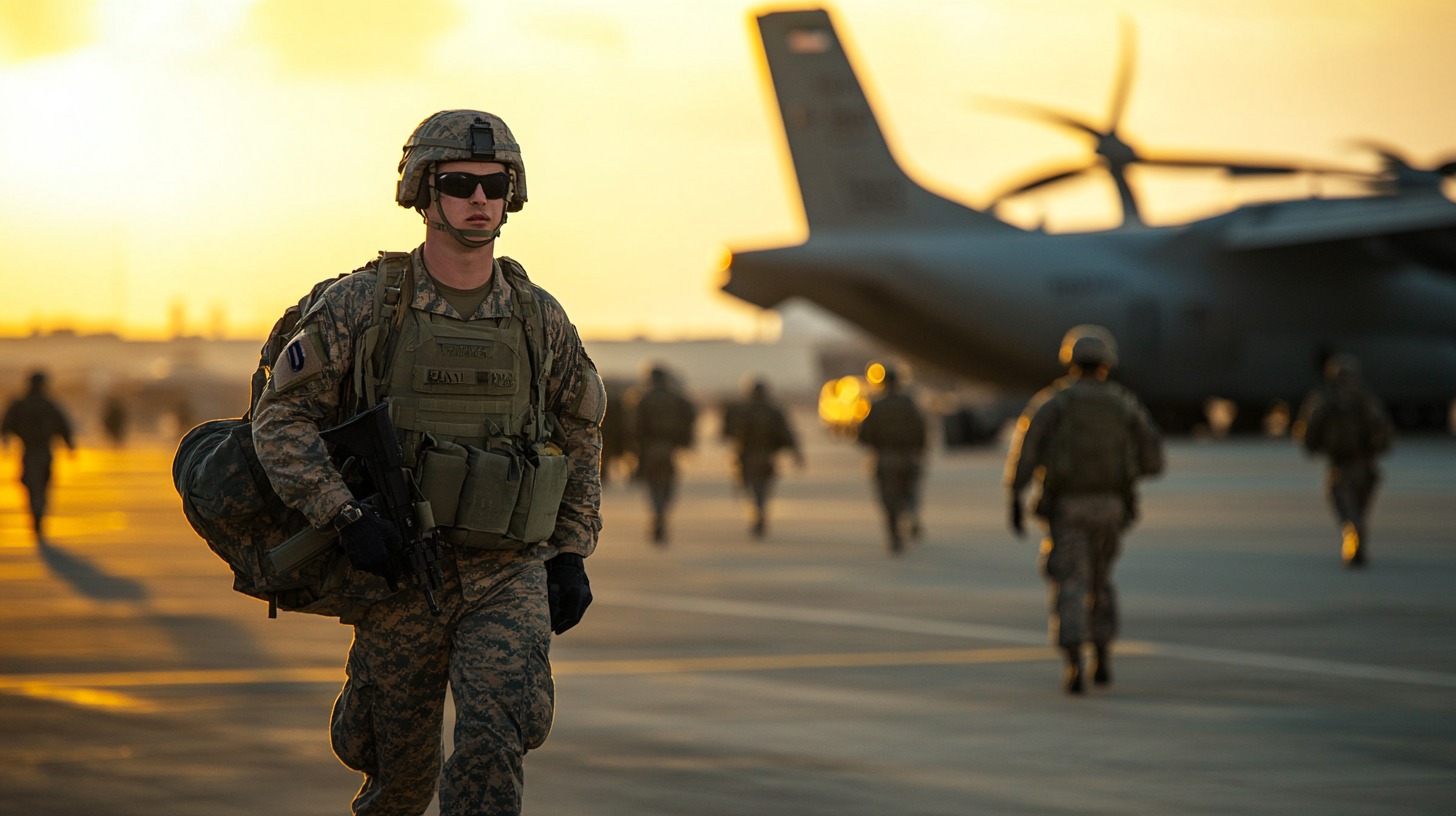
In military settings, accuracy in communication is critical, especially in high-pressure scenarios where errors can have severe consequences.
Army branches rely on the NATO Phonetic Alphabet to spell out mission details, coordinates, and operational commands, reducing the chances of misunderstandings.
For instance, a miscommunication of a single letter in a location coordinate could lead to significant errors. Spelling out each letter using the alphabet minimizes such risks.
In aviation, pilots and air traffic controllers rely on the NATO Phonetic Alphabet to convey and understand instructions clearly.
Communicating call signs, flight numbers, or navigation instructions over the radio is particularly crucial, as noise or signal interference could otherwise lead to confusion.
The standardized code words ensure that everyone understands each letter, regardless of accent or pronunciation. In many cases, it can play a role in carrying out the steps of troop leading procedures.
Civilian Industries
The NATO Phonetic Alphabet has found wide usage in civilian industries, particularly in sectors where accuracy in transmitting alphanumeric data is important.
In telecommunications, customer service, and retail, the alphabet is often used to confirm sensitive information such as credit card numbers or order confirmations.
For example, when a customer spells their name or provides account information over the phone, representatives use the alphabet to avoid mistakes.
Saying “Delta” for “D” or “Sierra” for “S” eliminates the possibility of confusion between similar-sounding letters.
This clarity is especially important in industries handling complex data, where any small mistake in communication can lead to costly errors.
The NATO Phonetic Alphabet ensures both parties understand the exact letters or numbers being transmitted, even when language barriers or varying accents are present.
Everyday Use
Beyond its professional applications, the NATO Phonetic Alphabet is often used in everyday life.
People frequently use it when confirming details like names, addresses, or reservation numbers over the phone.
For instance, if someone’s last name contains uncommon letters, they might say “Kilo” for “K” and “Lima” for “L” to ensure the listener captures the correct spelling.
Historical Development
Efforts to develop the NATO Phonetic Alphabet began with the challenges of radio communication during World War I.
- Poor radio signal quality
- High potential for misunderstandings in combat environments
During the war, various phonetic alphabets emerged to reduce confusion, but they lacked a global standard. After World War II, international organizations took steps to address this issue.
- ICAO (International Civil Aviation Organization) and IATA (International Air Transport Association) spearheaded efforts to create a universal phonetic alphabet that could work across different languages and regions.
- This collaboration led to the ICAO spelling alphabet, which served as a foundation for the final version of the NATO Phonetic Alphabet.
In 1956, NATO officially adopted the standardized alphabet, which became the global standard for clear communication in both military and civilian sectors.
Numeric Code Words in Maritime Context
The NATO Phonetic Alphabet is well-known for its use of letter-based code words, but maritime communication also employs numeric code words.
The International Maritime Organization (IMO) developed these numeric codes to meet specific needs in maritime settings, particularly for transmitting coordinates or other vital numeric information.
- Purpose: Designed to communicate numbers clearly, especially in noisy or challenging environments at sea.
- Original Development: The IMO created these codes during earlier decades when radio communication at sea was less reliable and prone to interference.
- Declining Use: While still recognized, these numeric codes are not as widely used today due to improvements in communication technology.
In modern times, the International Civil Aviation Organization (ICAO) has standardized numeral pronunciation for global consistency.
Maritime operators now typically use the ICAO’s pronunciation standards for numbers, aligning with international communication practices.
Differences Between Phonetic and Spelling Alphabets
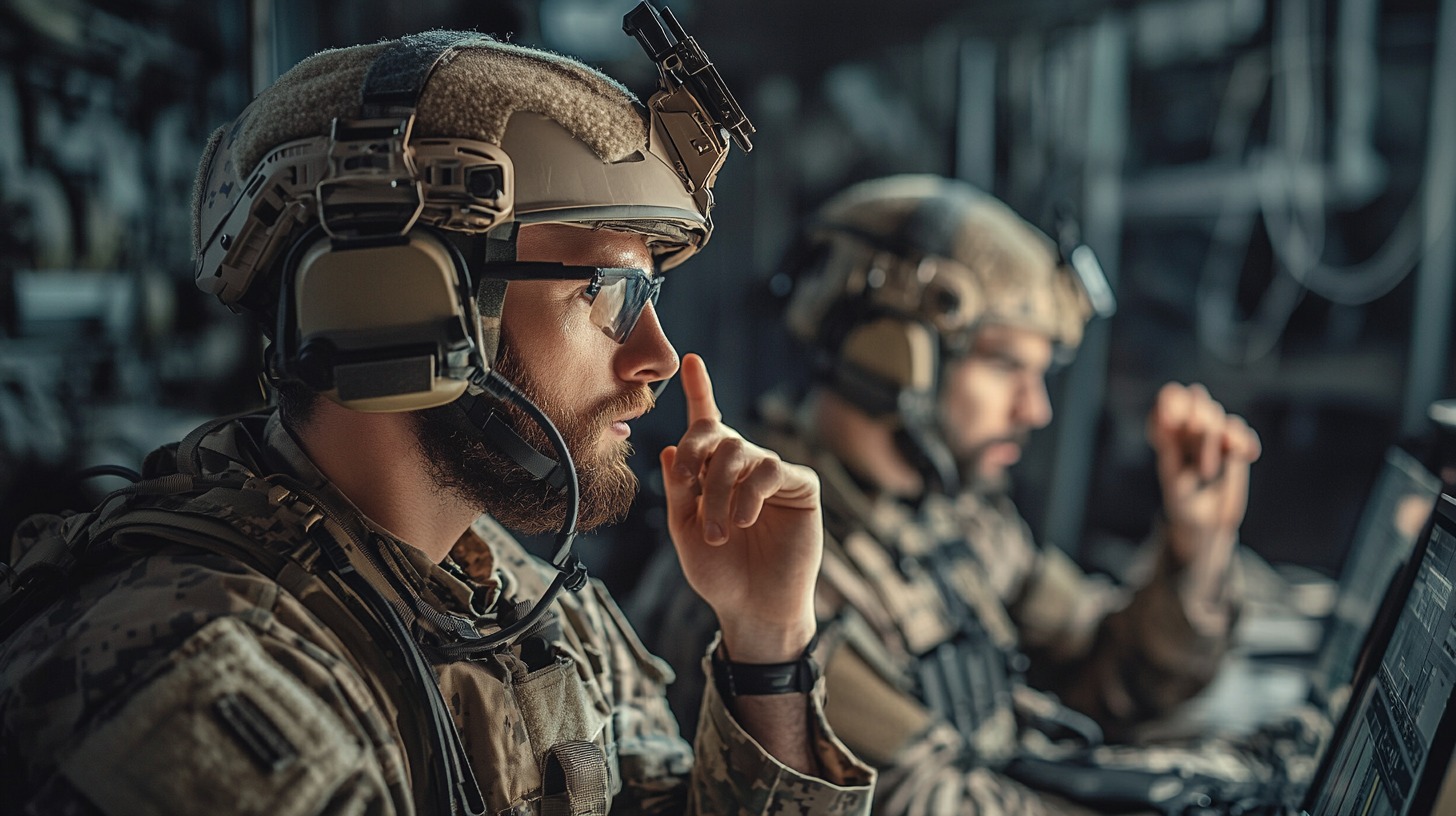
Although the NATO Phonetic Alphabet carries the word “phonetic” in its name, it doesn’t operate as a true phonetic alphabet in the linguistic sense.
Instead, it serves as a spelling alphabet, ensuring that each letter in a word is easily understood, regardless of the speaker’s accent or language.
It is a key difference that highlights its main goal: to prevent miscommunication by using distinct code words for each letter.
- Phonetic Alphabet: Represents the actual sounds of speech (linguistic use).
- NATO Phonetic Alphabet: Used to spell out words clearly, ensuring the listener hears each letter distinctly.
One of the biggest challenges in verbal communication, particularly over poor-quality radio channels or noisy environments, is that certain letters sound similar.
- “M” and “N” can sound alike in difficult communication channels.
- “F” and “S” are another common pair that listeners may easily mix up.
The NATO alphabet addresses this by assigning distinct, easy-to-recognize code words to these letters:
- Mike for “M” and November for “N.”
- Foxtrot for “F” and Sierra for “S.”
Widespread Usage and Adaptation
The NATO Phonetic Alphabet quickly expanded beyond its military origins, becoming a vital tool for clear communication in various sectors.
While NATO, the US military, many other forces, and aviation agencies were the first to integrate the system, many other industries soon recognized its value and adopted it.
Civilian Usage
Many people call us to ask where their relatives are in the hospital. We often have to ask to spell the name because those names are often difficult/foreign. People give us the funniest words😆 but never use this alphabet. The police who call are the only ones who actually use it https://t.co/Vog0cteO4V
— Heidi (@Heidi9070) February 23, 2024
The NATO Phonetic Alphabet isn’t limited to military or aviation settings. It also plays a crucial role in civilian industries that require clear and precise communication.
Organizations like the Federal Aviation Administration (FAA) and the American National Standards Institute (ANSI) use the NATO alphabet to maintain consistency and avoid miscommunication, especially in critical areas such as aviation safety, emergency services, and telecommunications.
For example, when coordinating flight operations, air traffic controllers and pilots use the phonetic alphabet to relay instructions involving call signs, flight paths, or even aircraft registration numbers, ensuring no confusion occurs due to poor radio reception or language barriers.
Along with military time, it is one of the commonest invention of the army we use in civil matters.
- Engineering
- Construction
- Product identification
Everyday Applications
The alphabet has also found its way into everyday life, where people use it to spell out names, addresses, or codes over the phone.
- Clear identification of flight numbers or military units.
- Especially useful in customer service and IT support, where accurate identification is critical.
- Prevents confusion when communicating important alphanumeric data.
For instance, when someone says “Tango” for “T” or “Echo” for “E,” it guarantees that the listener accurately understands the intended letters.
- Customer Service
- Telecommunications
- Retail and Logistics
Its wide usage proves that the alphabet is indispensable for ensuring clarity in global communication, regardless of the field.
The Bottom Line
The NATO Phonetic Alphabet is an invaluable tool for ensuring clear and accurate communication across a wide range of fields.
Carefully selected code words bridge linguistic differences, ensuring that vital information is transmitted accurately even in difficult environments.
Related Posts:
- What Are Some Military Sayings and Phrases You've…
- How Is AI Used in the Military to Enhance Combat Strategies?
- The COVID-19 Crisis and Its Impact on Military and…
- PCS Moves and Entitlements: What’s Covered and How…
- A Look at US Military Helicopters: Past, Present, and Future
- The Rise of Ruggedized Displays - How ViewPoint…

